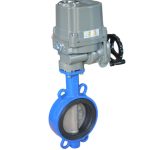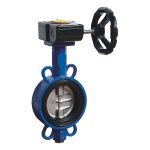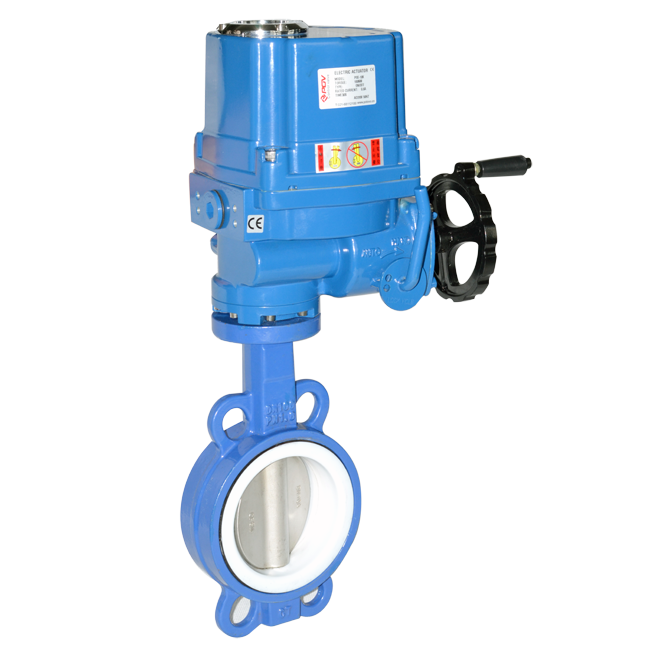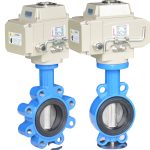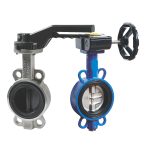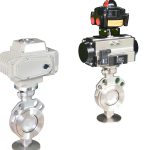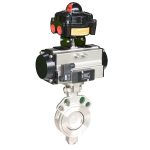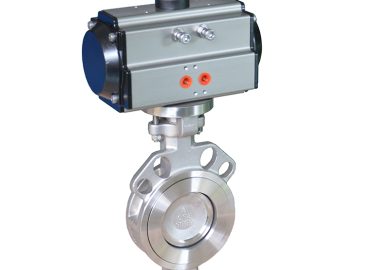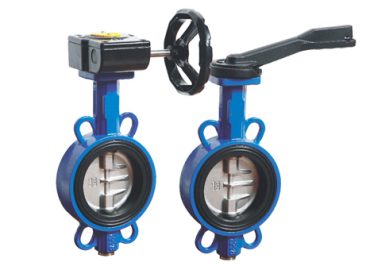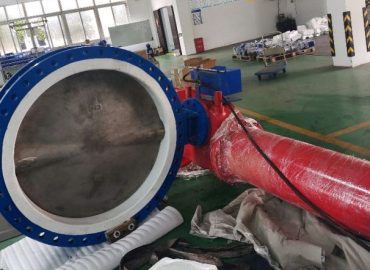Troubleshooting common issues with electric butterfly valves can be a complex and difficult task. In order to ensure the valve is installed correctly and functions properly, it is important to understand the potential causes for issues with these valves, as well as best practices for avoiding them. This includes using the correct installation procedures, ensuring proper torque settings and the correct thread lubrication depending on the material type. By following such steps, it is possible to greatly reduce the chances of any problems occurring.
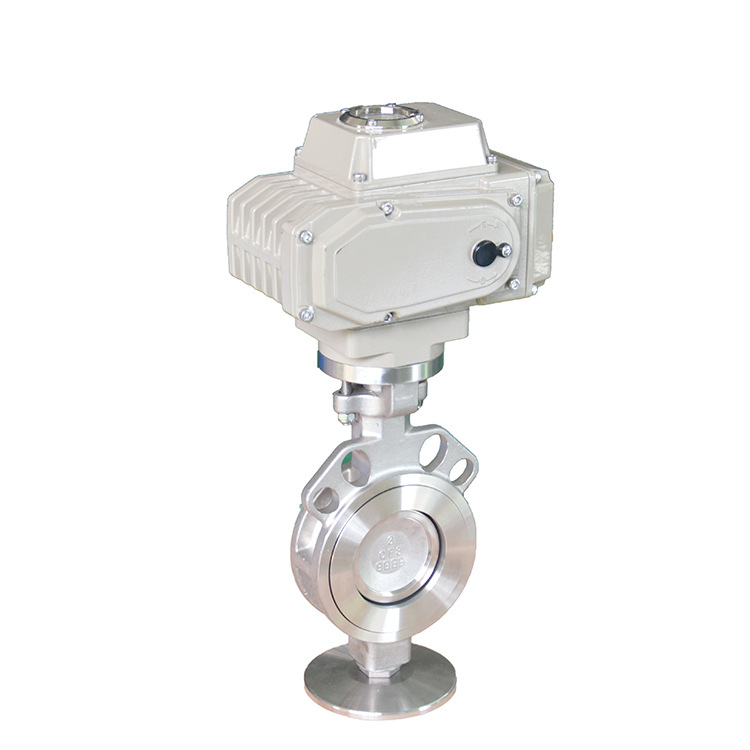
Introduction
Installing electric butterfly valves correctly is essential to ensure safe, reliable and long-lasting performance. Unfortunately, incorrect installation procedures can lead to a variety of issues with the valve. From improper thread lubrication to wrong torque settings, there are many potential causes for problems that need to be identified and corrected in order to avoid serious malfunctions or safety risks. In this blog post, we will discuss how to troubleshoot common issues associated with electric butterfly valves so you can get the most out of your unit and keep it running safely and effectively for years to come.
Describe what electric butterfly valves are
Motorized butterfly valve are primarily used to regulate the flow of air, liquids, gases and other substances. These valves are typically made of metal or plastic and feature a circular disc that rotates around a fixed pivot usually at a ninety degree angle. Placing an electric actuator on the valve allows for the user to control and adjust the flow rate with greater precision than manual alternatives. Electric butterfly valves are considered cost-effective solutions for controlling fluids, especially when coupled with electric motors, as they can be easily operated remotely to adjust flow rates quickly and conveniently.
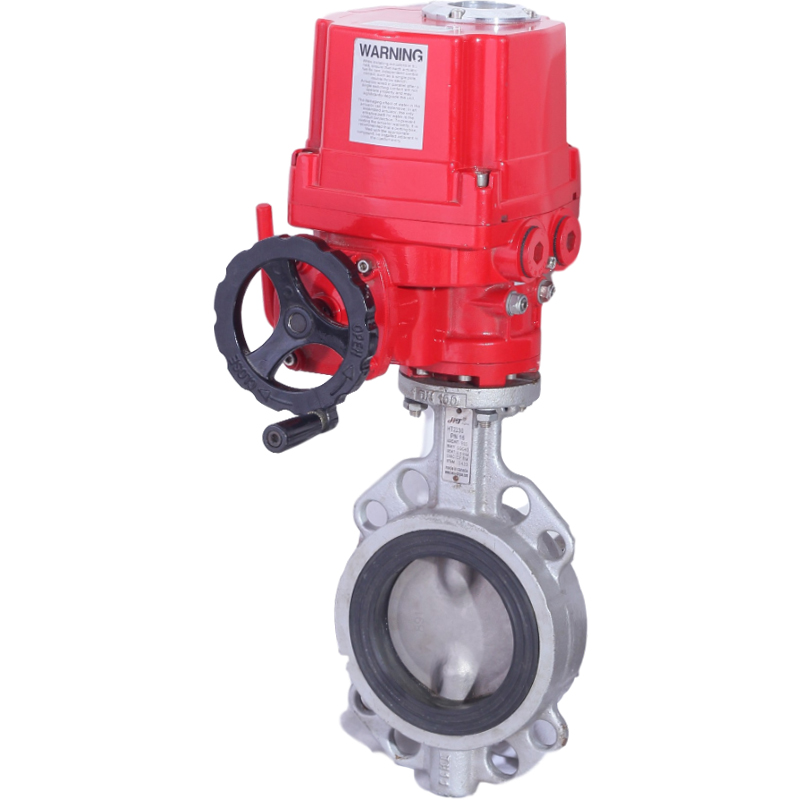
Explain common usage scenarios for these valves
Electric butterfly valves are used in a variety of applications from industrial processes to residential plumbing.They can be found in food processing plants, chemical manufacturing sites, oil and gas refineries, water systems, and many other areas. Depending on the situation electric butterfly valves may be used to control temperature or regulate pressure as well as provide reliable shut off and on functions. In addition, they can be used in irrigation systems or pumps to maintain a consistent flow rate while providing maximum efficiency with minimal energy output.
Potential Causes of Issues Electric Butterfly Valves
Potential causes of issues with wafer butterfly valve can range from improper installation, lack of maintenance, or wear and tear over time. In some cases, age can be a factor as well if valves have not been replaced in quite a while. Additionally, damages due to external factors like extreme temperatures or wrong parts being used can cause malfunctions.
It is important to identify the source of the issue before troubleshooting in order to get the best results and maximize productivity. Properly understanding all possible problems and causes will make it easier for you to take preventative measures and ensure that your valves are working properly for the long term.
Outline improper installation procedures as a potential cause for problems
Improper installation procedures are one of the key sources of issues with electric butterfly valves. It is essential that these valves are installed to the manufacturer’s specifications to ensure they function correctly. This includes paying attention to proper piping, sizing and installation techniques so that there is no unnecessary resistance or stress on the device itself.
Additionally, incorrect materials such as low-grade sealants, lubricants or non-compatible parts can cause issues when installing butterfly valves and should be avoided at all costs. Taking all these precautions will help you get your equipment running like clockwork and reduce any potential problems later down the line.
Detail how wrong torque setting can lead to issues with the valve
Setting the torque setting incorrectly on electric actuated butterfly valve can have disastrous consequences. If set too high, it can cause excessive stress on the valve’s components, leading to failure and potentially irreparable damage. If set too low, it may lead to leaking or loose connections which could also result in malfunctioning of the parts.
It is therefore essential that the correct torque settings for your specific model are applied during installation to ensure that maximum performance and reliability are achieved from the device. Proper training and guidance should be sought if you don’t understand how to set up your butterfly valve correctly. Pneumatic butterfly valve
Highlight how insufficient thread lubrication may cause malfunctions with the valve
Insufficient thread lubrication can be one of the main causes of malfunctioning electric butterfly valves. If there is not enough lubricant applied correctly, it can lead to corrosion and build-up on the threads, causing the valve to eventually become stuck in place or too tight. This will also cause excessive wear and tear on the parts which could ultimately result in system failure if left unchecked. To avoid this, it is important to make sure that sufficient thread lubricants are applied during installation and checkups to ensure optimal performance from your butterfly valve over time.
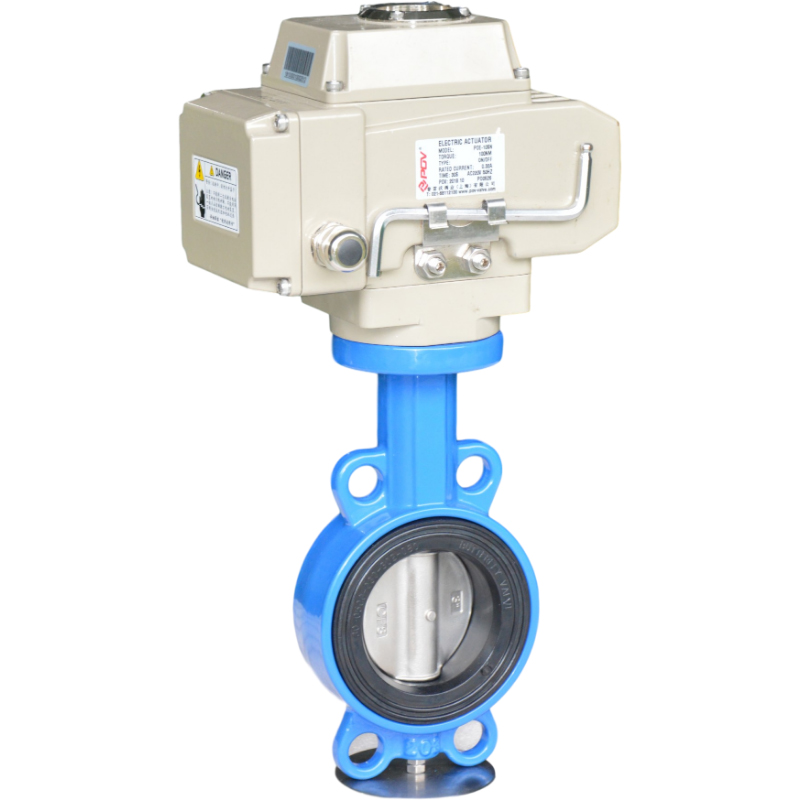
Tips To Avoid Issues
Taking preventative measures is the key to avoiding issues with electric butterfly valves. Proper installation and regular maintenance can help keep them functioning in top form for longer periods of time.
Additionally, checking for wear and tear regularly and replacing malfunctioning parts promptly gives you an upper hand when it comes to preventing malfunctions or breakdowns. Understanding what types of external factors might affect their performance can also be helpful in ensuring they are working correctly all the time. Butterfly valve price Finally, periodically updating your checklists to make sure everything is running smoothly is key to avoiding issues.
Instructions on how to properly install an electric butterfly valve
Installing an electric butterfly valve correctly is essential for optimal performance and reliability from the device. The first step is to ensure that the power supply, conduit, and cables are securely connected according to the manufacturer’s instructions. Once connected, it is important to use torque-measuring tools and follow the manufacturer’s torque specifications for tightening all parts of the valve. Make sure also to apply high-quality thread lubricant on each seal before assembly and when replacing any O-rings or gaskets. Finally, test your connections and make sure all electrical connections are properly sealed with IP ratings compliant components before switching on your butterfly valve.
Explanation of the importance of ensuring correct torque settings during installation
Ensuring correct torque settings when installing an electric butterfly valve is extremely important. If the installation torque is either too tight or too loose, it can cause serious damage to the system such as jamming of the valve or even more serious faults leading to system failure. Following the manufacturer’s instructions and using a torque-measuring device will help ensure that all parts are tightened properly according to their required specification. Doing this every time you install a butterfly valve will help ensure that it works reliably and safely for many years to come.
Advice on the type of lubricants to use depending on material type and other factors
When selecting lubricants for actuated butterfly valve, it is important to consider the material type of the parts being lubricated as well as the environmental conditions. Generally speaking, high-quality thread lubricants are recommended for any type of O-ring or gasket installation. For metal parts in contact with water, it is best to use a light mineral oil or silicone-based lubricant. For non-metal parts such as rubber seals and plastic bodies, a low temperature grease works best. Finally, make sure that whatever lubricant you choose is compatible with your other system components and won’t harm the environment.

Conclusion
Troubleshooting common issues with lug butterfly valves is a relatively straightforward process. First, identify the source of the problem and then take the necessary steps to fix it.It’s important to note that most problems can be avoided by regular maintenance, such as cleaning and checking for wear or damage regularly.
Additionally, it may be beneficial to make use of control systems or checklists to ensure that all valves are operating safely and efficiently. By understanding the fundamentals of troubleshooting electric butterfly valves, you can minimize potential risks and maximize productivity in your industrial or residential applications.
Summarize key takeaways from troubleshooting common issues with electric butterfly valves
When it comes to troubleshooting electric butterfly valves, the most important thing is to make sure they are functioning at optimal levels. Regular cleaning and checking for wear or damage are important steps in the process, as well as keeping control systems or checklists updated to ensure all valves are operating correctly.
Additionally, properly understanding what can go wrong with them and knowing how to detect problems quickly can help avoid costly repairs. By following these tips and staying up-to-date with maintenance and repair procedures, you will be able to greatly increase the lifespan of your electric butterfly valves while avoiding any unexpected issues.


